OLED Display and It's Types


OLED stands for Organic Light Emitting Diode.
So first question which one thinks is what are Diodes? Diodes is electronics device which allows you to flow current in one direction. It is like a check Valve in Hydraulics which allows flow of water in one direction.
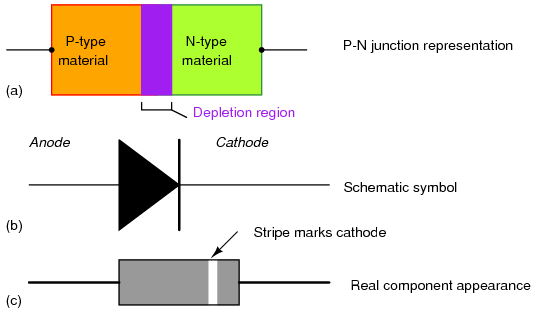
So how a diode works? When an 'n type' material which is rich in electrons is combined with 'P type' material which is rich in holes (Protons) are put together in the form of Junction then this simple device is called a 'Diode'. In simple language Diodes become conductive only when positive terminal of battery is connected to 'p type' material and negative terminal to 'n type' material then current flows through a Diode and resistance across it decreases. This is called a junction diode. Now those junction diodes which emit light when they are 'properly configured' are called light emitting diodes (LEDs).
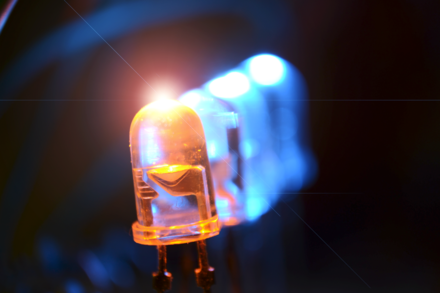
So a light emitting diode gets it's pool of holes and electrons from 'p type'' and n type' substrate. 'Electrons' and 'Holes' are produced by anode and cathode and we use 'Organic conductive' and 'Organic emmissive' layers as Junction where electrons combine with Protons to emit photons or visible light.
So OLED can be defined as
Solid State Devices made up of Organic Molecules that create light when exposed to electricity.
OLED structure is in simple made up of six layers as shown below. Anode and cathodes are metals instead of semiconductors like in case of 'p type' and 'n type' material.
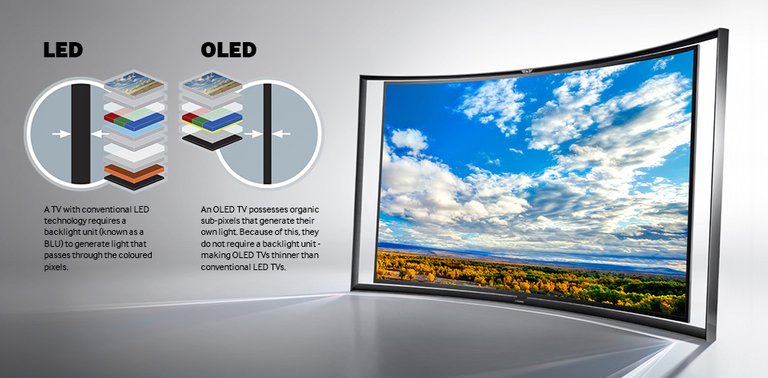
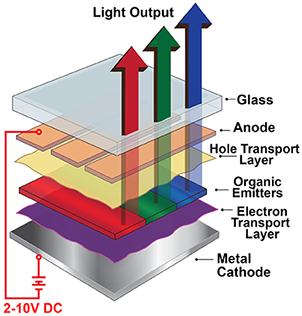
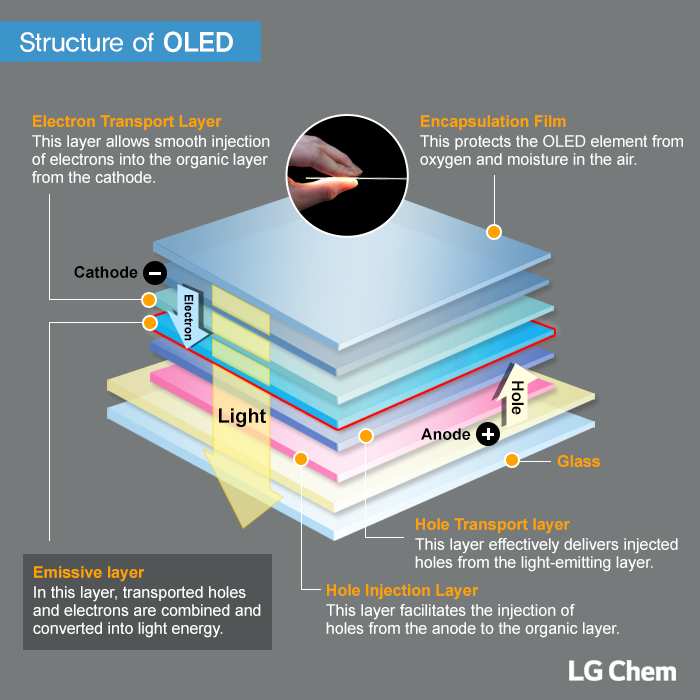
OLED < LED < LCD in Consumption relation of three display technologies is in the above order.
Substrate is Base layer of OLED and supports it. Either cathode or anode should be kept transparent to view through the glass.
Emmisive layer is made up of organic plastic materials like Polyflourene.
Organic conductive Layer is made up of materials like polyaniline.
- Anode is mostly kept as transparent and Indium tin oxide is used as anode.
- Cathode component depends upon type of OLED required, it can also be made transparent as well.
Types of OLED
There are actually 2 main types of OLED displays, those are AMOLED and PMOLED. AMOLED and PMOLED again are sub categorized in six sub categories. Difference between AMOLED and PMOLED is how the two are powered up.
AMOLED
Active Matrix OLED which is useful for large and high resolution displays and it is least power consuming type among its other OLED display types.

PMOLED

Design makes them more suitable for small screen gadgets. Smart watches, cell phones and other small screens. It consumes 'most; power among OLED family but lesser in comparison to LCD and LED. But is very easy to make.
Transparent OLED
It works by making both anode and cathode transparent etched at the surface of a glass. Active and Passive OLED both ways can be created.
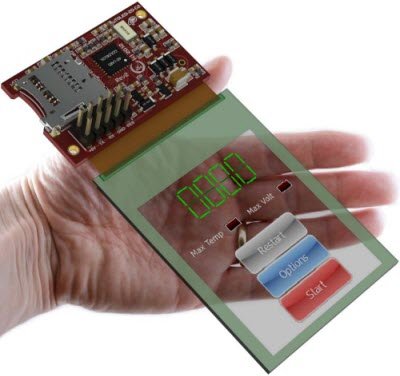
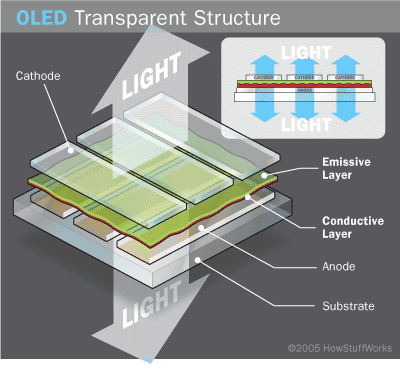
FOLDABLE OLED
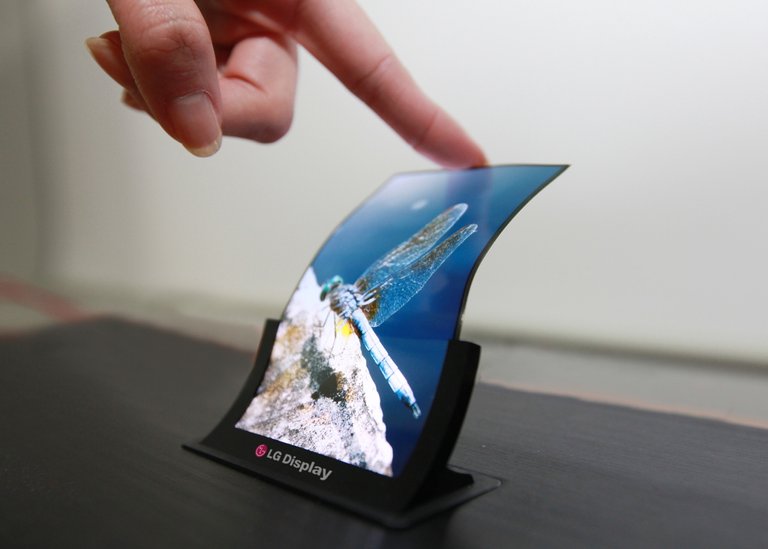
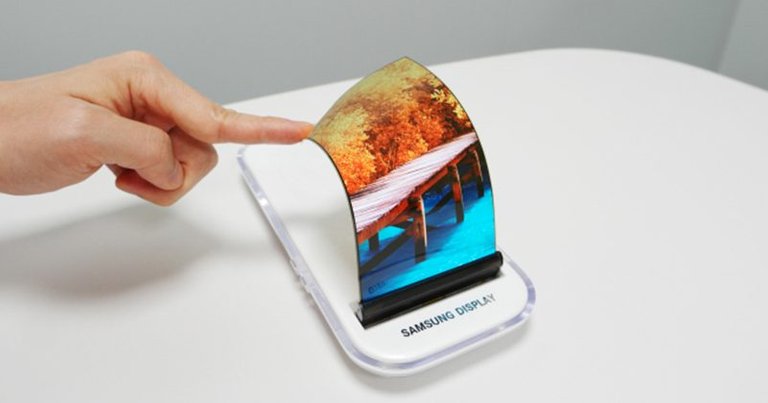
Here anode and cathode are created on a plastic material which can be folded and useful for those scenarios where there is a danger of breaking.
White OLED
Used as lamps and give brightest light. Consumes less energy.
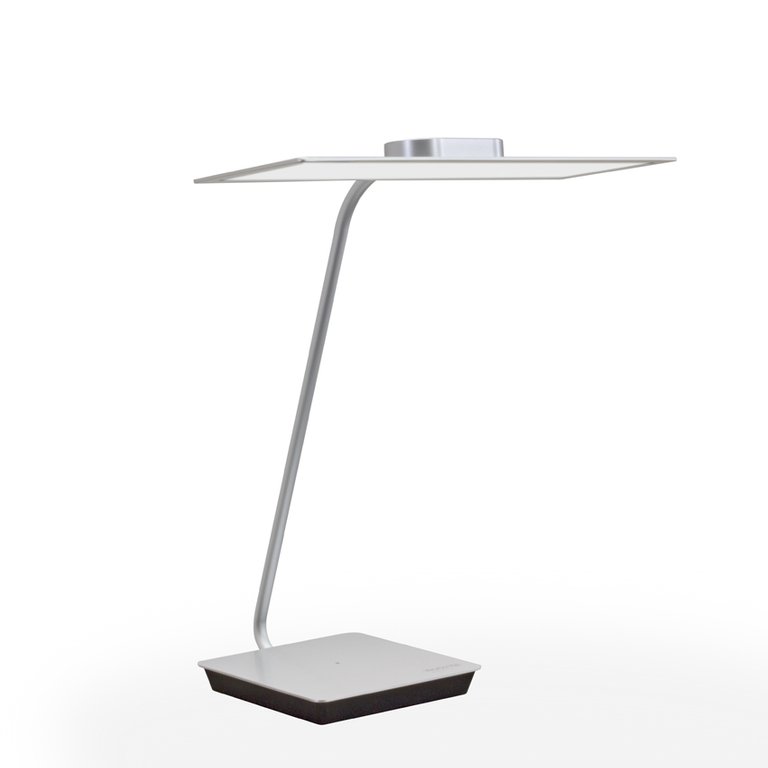
Other Sub categories include Inverted OLED ,Top Emmiting OLED and Stacked OLED.
Article was Inspired from a lot of coverage of OLED Display in CES 2018.
IMG01 ,
IMG02 ,
IMG03 ,
IMG04 ,
IMG05, IMG06, IMG07, IMG08
IMG09
IMG10
IMG11
IMG12
IMG13,
Diode, Diode img2
This post has received a 1.44 % upvote from @drotto thanks to: @kay-khosa.